
Applied Sciences, Free Full-Text
4.6 (699) In stock

4.6 (699) In stock
The deterioration of roads in cold regions can result in unsafe driving conditions and high maintenance costs. Frost heaving is regarded as one of the main reasons for road degradation. Generally, frost heave is caused by water migrating from the unfrozen zone to the freezing front, where it is then transformed into an ice lens. Frost heave can be reduced by removing frost-susceptible soil, raising the temperature, or removing water from the soil. Among these methods, the most economical and practical approach is to reduce the water content. Recently, an innovative geotextile known as wicking fabric (WF) has been used to drain water from unsaturated conditions and minimize frost heaving. The objective of this study was to evaluate the inhibition effects of WF on frost heave under different experimental conditions in the freezing process. In this study, a thermo-hydro-mechanical (THM) coupled numerical model is proposed to simulate the freezing process of subgrade soil with WF. The evaporation model is used to simply describe the water absorption characteristics of WF. The numerical model was validated by comparing the simulation results with the experimental results of the wicking fabric model (WWF) and the non-wicking fabric model (NWF). Additionally, parametric analysis was conducted to examine the effectiveness of WF in reducing frost heave under various experimental conditions. As a result, the freezing process of soil installed with WF was accurately simulated by the proposed model. WF showed inhibition effects on frost heave under various experimental conditions. The results indicate the following: (1) Compared to Touryo soil (a high frost-susceptible clay-sand soil), WF inhibited frost heave more effectively in Tomakomai soil (a medium frost-susceptible lean clay), while the inhibition effect of WF in Fujinomori soil (a medium frost-susceptible lean clay) was limited. (2) WF has a more significant frost heave inhibition effect at a slower cooling rate in the freezing process. (3) The further the WF is installed from the groundwater level (GWL), the greater its impact on inhibiting frost heave.

15+ Applied Sciences Books for Free! [PDF]
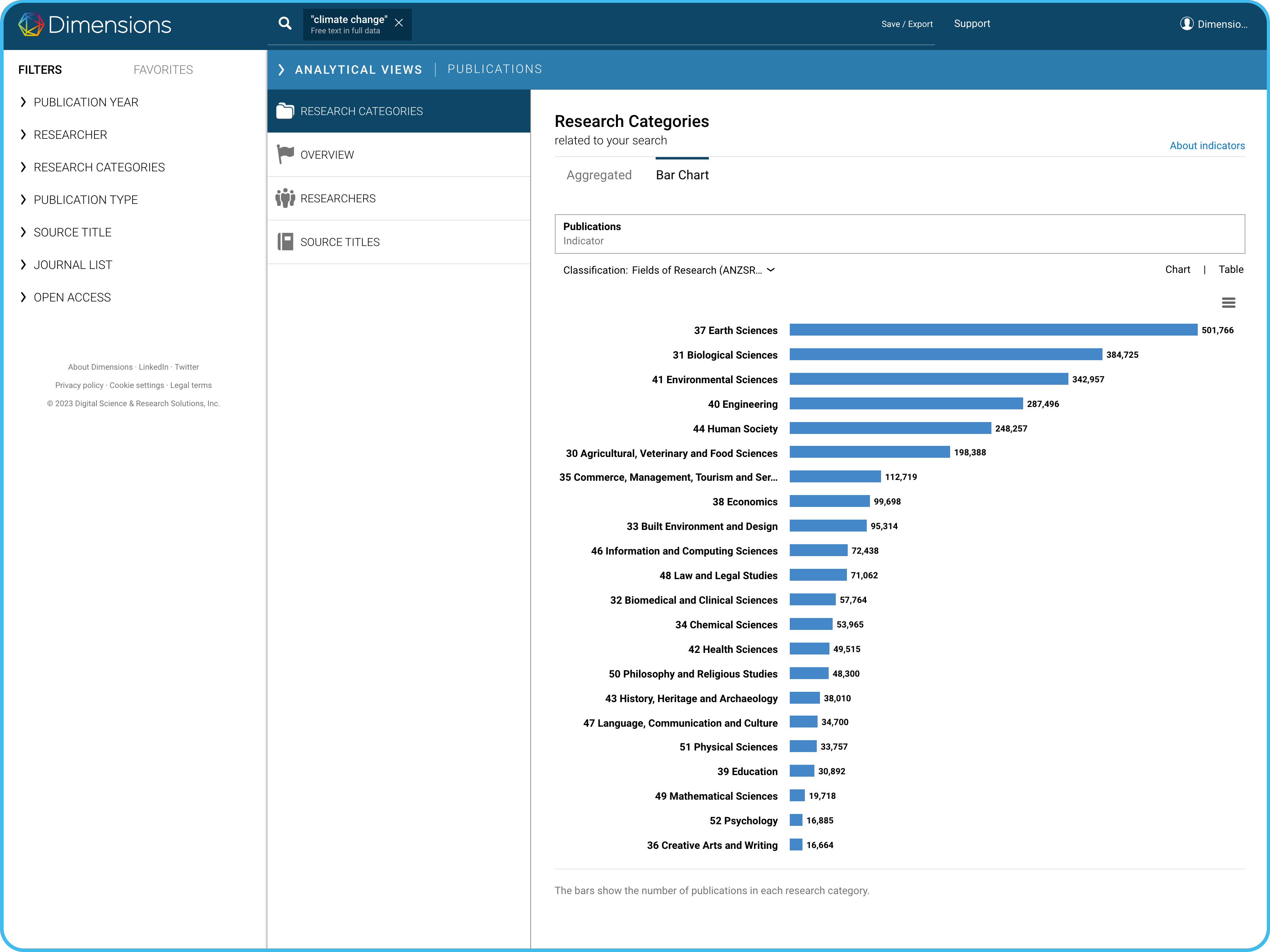
Dimensions - free version

Applied Sciences, Free Full-Text, super surf 1.99

Applied Sciences, Free Full-Text, rated output
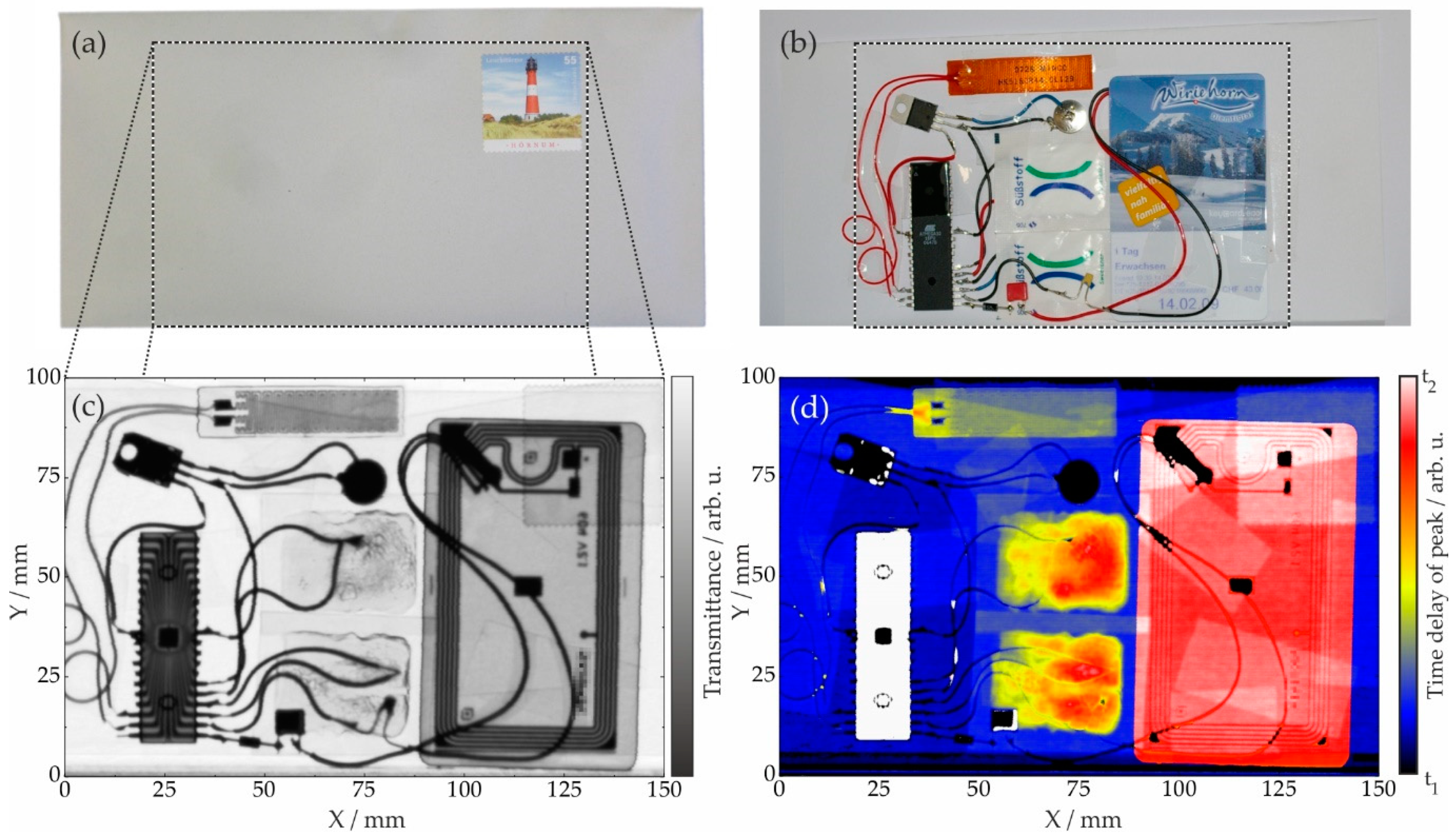
Applied Sciences, Free Full-Text, draw speed coil forbidden west

Sport Performance & Science Reports

Applied Sciences, Free Full-Text, press fit

Applied Sciences, Free Full-Text, Synthetic Dye
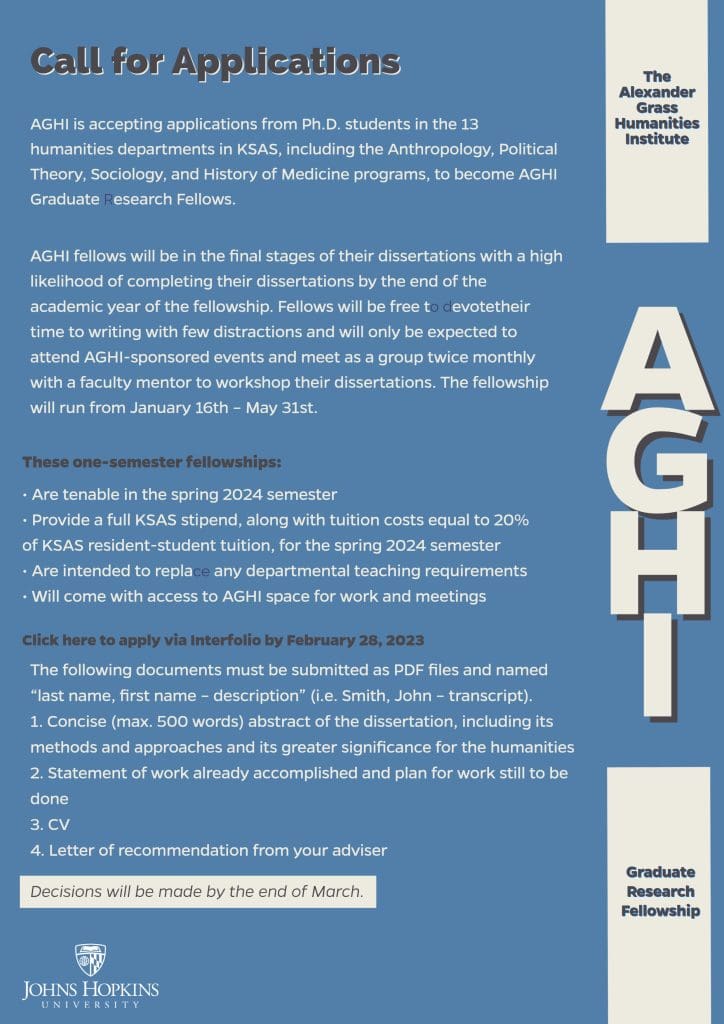
Student opportunities: apply now for 2023–24 initiatives
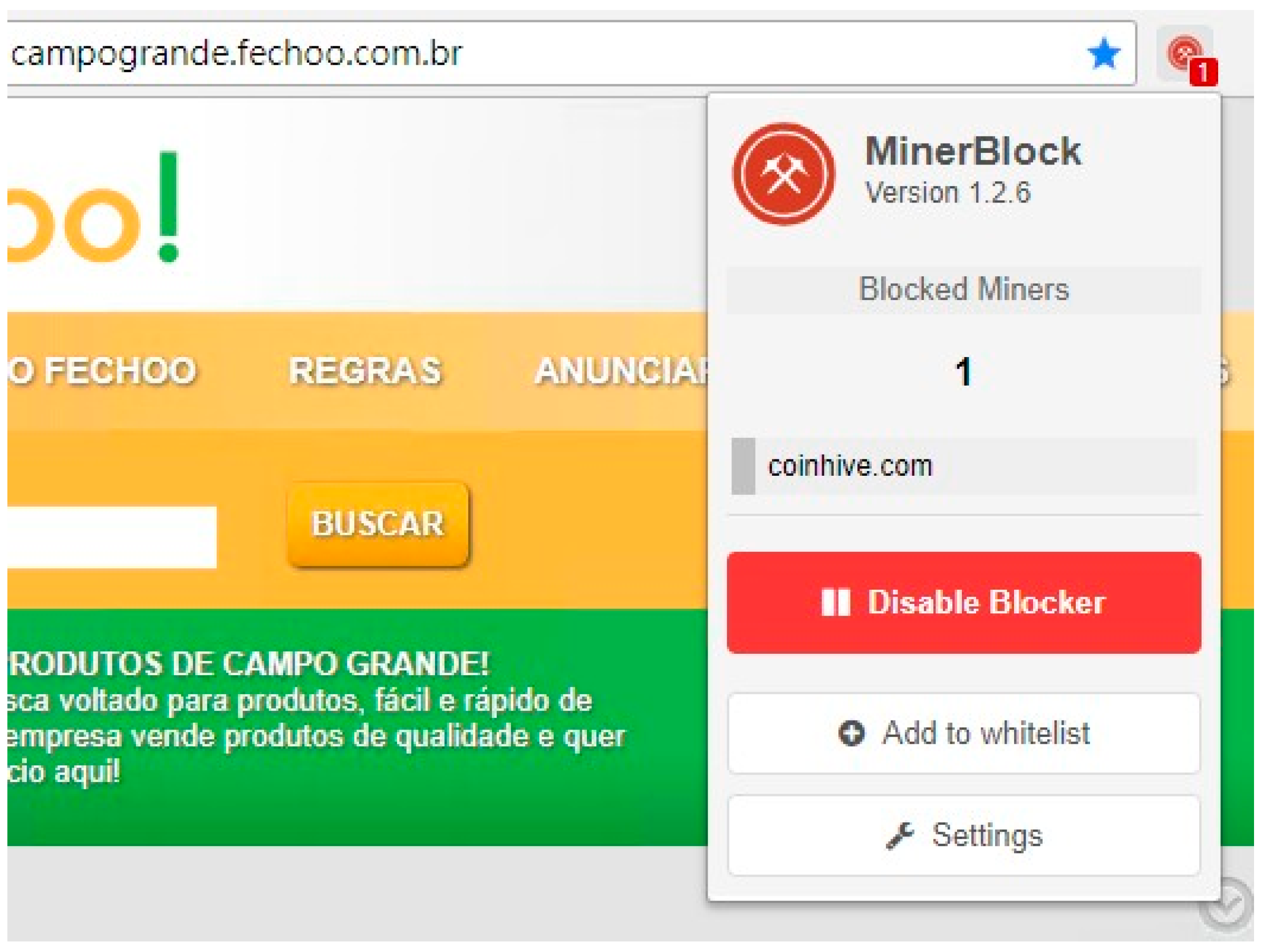
Applied Sciences, Free Full-Text, mining blocker chrome extension
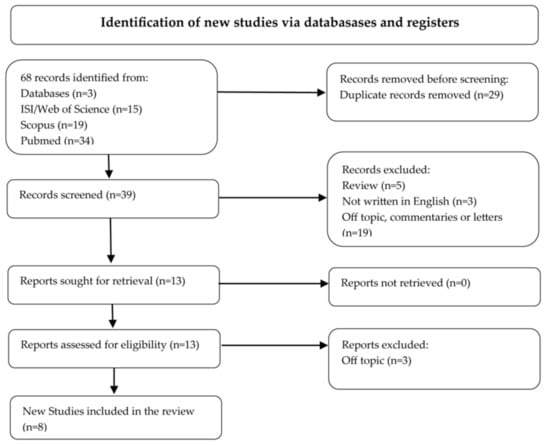
Applied Sciences, Free Full-Text, Synthetic Dye
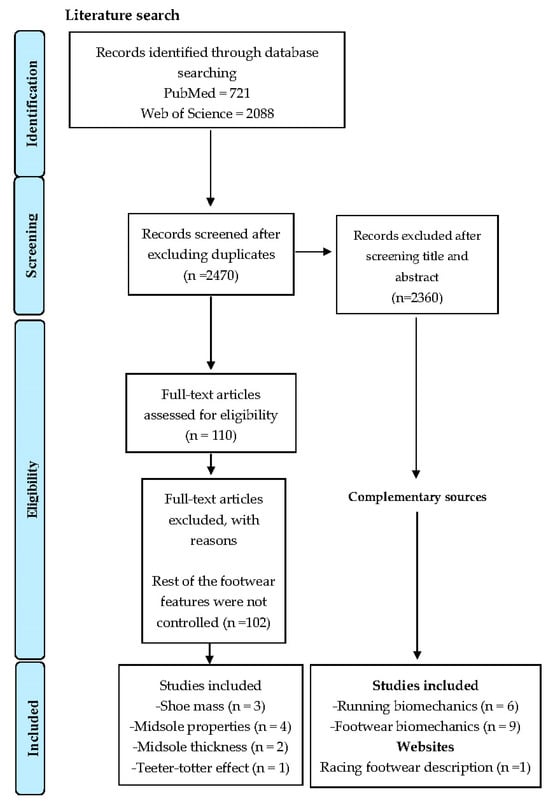
Applied Sciences, Free Full-Text, gas hupe dose